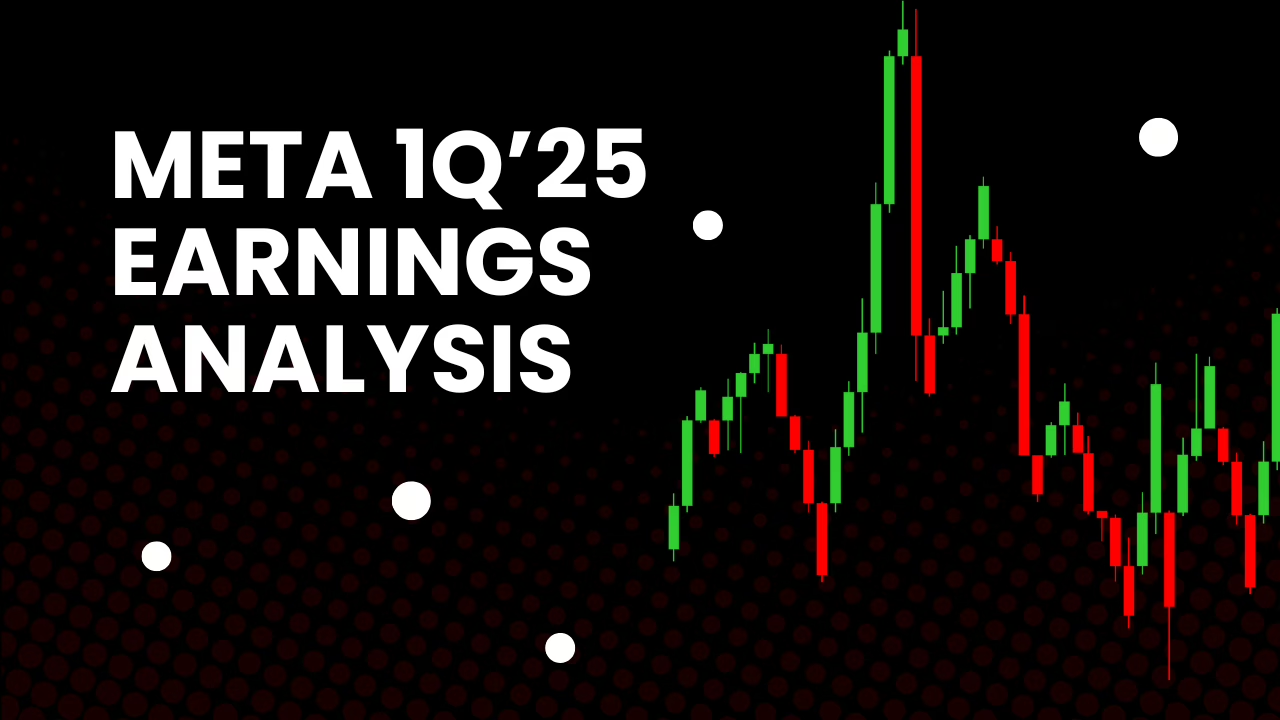A long put is a fundamental and straightforward options trading strategy that expresses a bearish outlook on an underlying asset. It involves buying a put option contract.
Core Concept:
A long put gives the buyer the right, but not the obligation, to sell the underlying asset (such as a stock, ETF, index, or commodity) at a specific price (the strike price) on or before a specific date (the expiration date). In exchange for this right, the buyer pays a premium to the seller of the put option.
Key Components:
- Underlying Asset: The specific stock, ETF, index, or commodity on which the put option is based.
- Strike Price: The price at which the buyer of the put option has the right to sell the underlying asset.
- Expiration Date: The last date on which the put option can be exercised. After this date, the option is worthless if not exercised or closed out.
- Premium: The price paid by the buyer of the put option to the seller for the right to sell the underlying asset at the strike price until expiration. This is the initial cost of the long put position.
- Contract Size: In the case of stock options in the U.S., one standard option contract represents the right to sell 100 shares of the underlying stock. Other underlying assets may have different contract sizes.
How it Works (Mechanics):
When you buy a put option (go long a put), you are hoping that the price of the underlying asset will fall below the strike price before the expiration date. If it does, the put option gains intrinsic value, which is the difference between the strike price and the current market price of the underlying asset. You can then:
- Exercise the option: If the option is in-the-money (strike price > market price) at or before expiration, you can exercise your right to sell the underlying asset at the strike price. This is typically done if you want to protect a short stock position or if you believe the price will continue to fall and you want to lock in a selling price.
- Sell the option: You can sell your put option to another trader in the open market. The value of the option will fluctuate based on the underlying asset’s price, time to expiration, volatility, and interest rates. If the price has moved favorably, you can sell the option for a profit (the selling price will be higher than the premium you initially paid).
- Let the option expire: If the price of the underlying asset remains at or above the strike price at expiration, the put option will expire worthless, and your maximum loss is limited to the premium you initially paid.
Profit and Loss Profile:
-
Maximum Potential Loss: Limited to the premium paid for the put option. This occurs if the price of the underlying asset is at or above the strike price at expiration.
-
Maximum Potential Profit: Theoretically limited to the underlying asset’s price falling to zero (minus the premium paid). The lower the price goes below the strike price, the greater your potential profit.
-
Breakeven Point: The strike price minus the premium paid. The underlying asset’s price needs to fall below this point for the long put position to become profitable at expiration (before considering brokerage commissions).
Breakeven Price = Strike Price - Premium Paid
Example:
Suppose Stock XYZ is trading at $50. You are bearish and buy one XYZ $45 put option with a one-month expiration for a premium of $2.00 per share (total cost of $200 for one contract).
- Maximum Loss: $200 (if XYZ stays at or above $45 at expiration).
- Breakeven Point: $45 (strike price) – $2 (premium) = $43.
- Scenario 1 (Profitable): If XYZ falls to $40 by expiration, the put option has an intrinsic value of $5 ($45 – $40). You could exercise the option to buy 100 shares at the market price of $40 and then sell them at the strike price of $45, making a $500 profit, minus the initial $200 premium, resulting in a net profit of $300. Alternatively, you could sell the put option before expiration for a value close to its intrinsic value plus any remaining time value, also realizing a profit.
- Scenario 2 (Loss): If XYZ stays at $47 at expiration, the put option expires worthless as it’s out-of-the-money. You lose the $200 premium you paid.
Why Use a Long Put?
- Bearish Expectation: It’s a direct way to profit from an anticipated decrease in the price of the underlying asset.
- Leverage: A put option allows you to control the right to sell a larger number of shares (100 per contract) with a relatively small capital outlay (the premium). This provides leverage, magnifying potential gains (and losses) compared to short selling the stock directly.
- Defined Risk: Your maximum potential loss is limited to the premium paid, regardless of how far the underlying asset’s price might rise. This is a significant advantage over short selling the stock, where potential losses are theoretically unlimited.
- Lower Capital Commitment: Compared to short selling the underlying stock (which often requires margin and carries significant risk), the initial investment for a long put is typically much smaller and with capped risk.
- Hedging: Long puts can be used to hedge a long stock position, providing downside protection against potential price declines. The put option acts like insurance for your stock holdings.
Key Considerations:
- Time Decay (Theta): Put options are decaying assets. As the expiration date approaches, the time value of the option erodes. This works against the long put holder. The price of the underlying asset needs to move unfavorably (downwards) and quickly enough to offset this decay.
- Volatility (Vega): Put options are positively correlated with volatility. An increase in implied volatility (the market’s expectation of future price swings) generally increases the value of a long put, while a decrease in volatility decreases its value.
- Time to Expiration: The longer the time to expiration, the more time the underlying asset has to move unfavorably, but also the higher the premium you will likely have to pay.
- Breakeven Point: The underlying asset needs to fall significantly to become profitable after accounting for the premium paid.
In Conclusion:
A long put is a fundamental bearish options strategy that offers leverage and defined risk. It allows investors to profit from an expected decrease in the price of an underlying asset with a smaller capital outlay and limited risk compared to short selling. However, it is subject to time decay and requires the underlying asset’s price to fall below the breakeven point before expiration to generate a profit. Understanding these characteristics is crucial for effectively utilizing the long put strategy.




